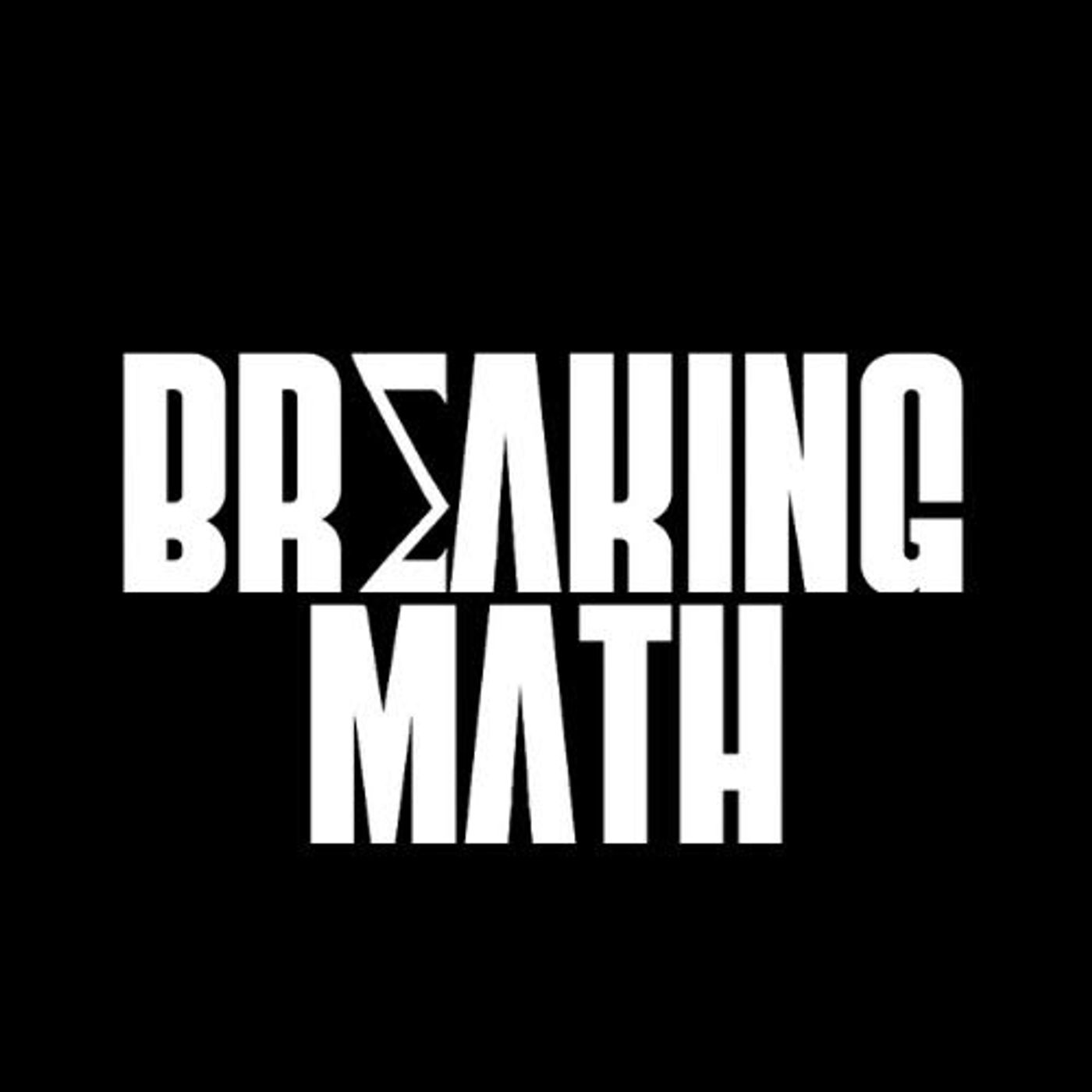
80: Physical Dimension (Dimensional Analysis)

Breaking Math Podcast
Shownotes Transcript
The history of mathematics, in many ways, begins with counting. Things that needed, initially, to be counted were, and often still are, just that; things. We can say we have twelve tomatoes, or five friends, or that eleven days have passed. As society got more complex, tools that had been used since time immemorial, such as string and scales, became essential tools for counting not only concrete things, like sheep and bison, but more abstract things, such as distance and weight based on agreed-upon multiples of physical artifacts that were copied. This development could not have taken place without the idea of a unit: a standard of measuring something that defines what it means to have one of something. These units can be treated not only as counting numbers, but can be manipulated using fractions, and divided into arbitrarily small divisions. They can even be multiplied and divided together to form new units. So where does the idea of a unit come from? What's the difference between a unit, a dimension, and a physical variable? And how does the idea of physical dimension allow us to simplify complex problems? All of this and more on this episode of Breaking Math.
Distributed under a CC BY-SA 4.0 International License. For full text, visit: https://creativecommons.org/licenses/by-sa/4.0/
[Featuring: Sofía Baca; Millicent Oriana, Jacob Urban]
Help Support The Podcast by clicking on the links below:
- Try out ZenCastr w/ 30% Discount)Use my special link) to save 30% off your first month of any Zencastr paid plan
- Patreon)
- YouTube)
- Breaking Math Website)Email us for copies of the transcript!
